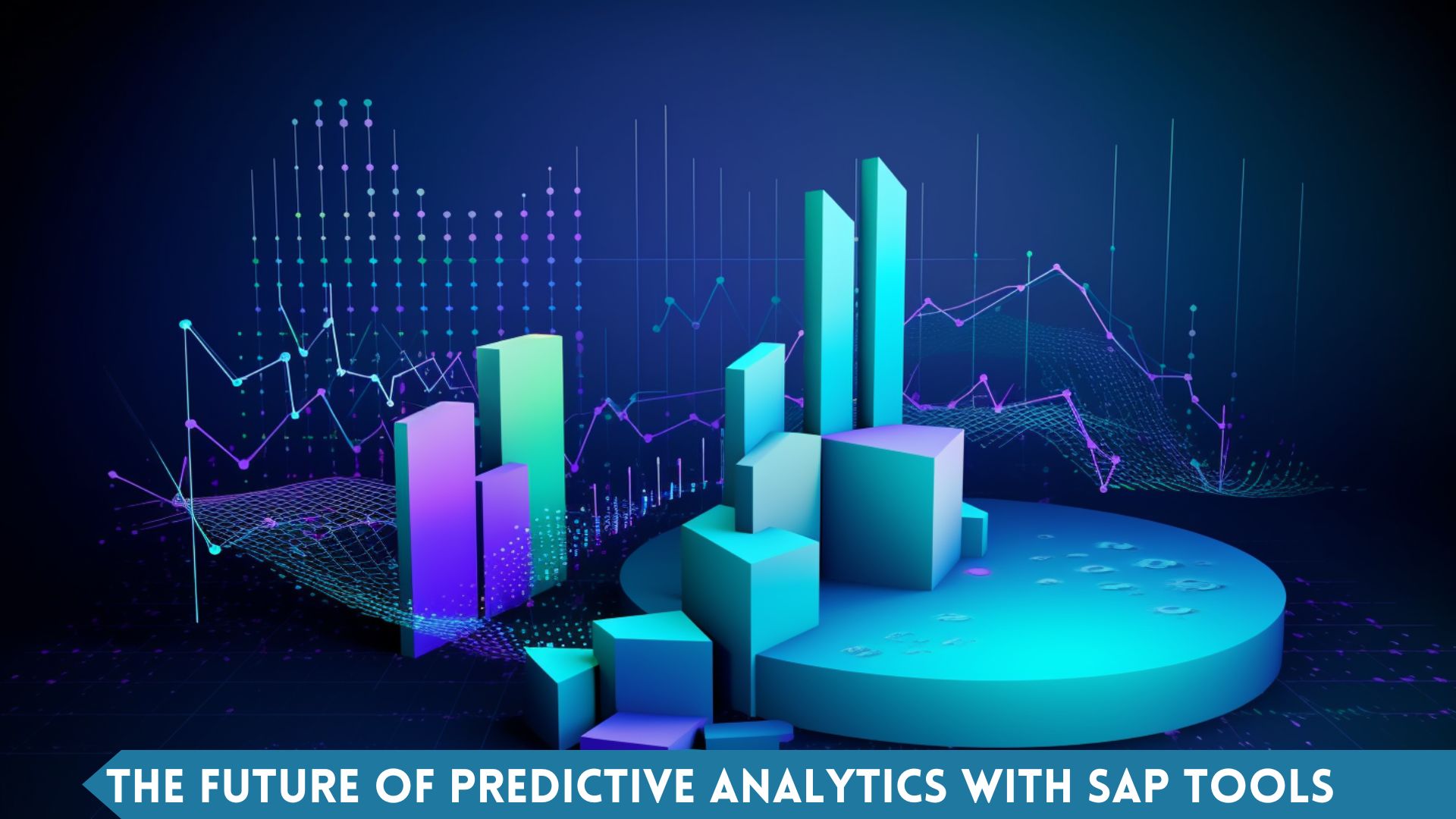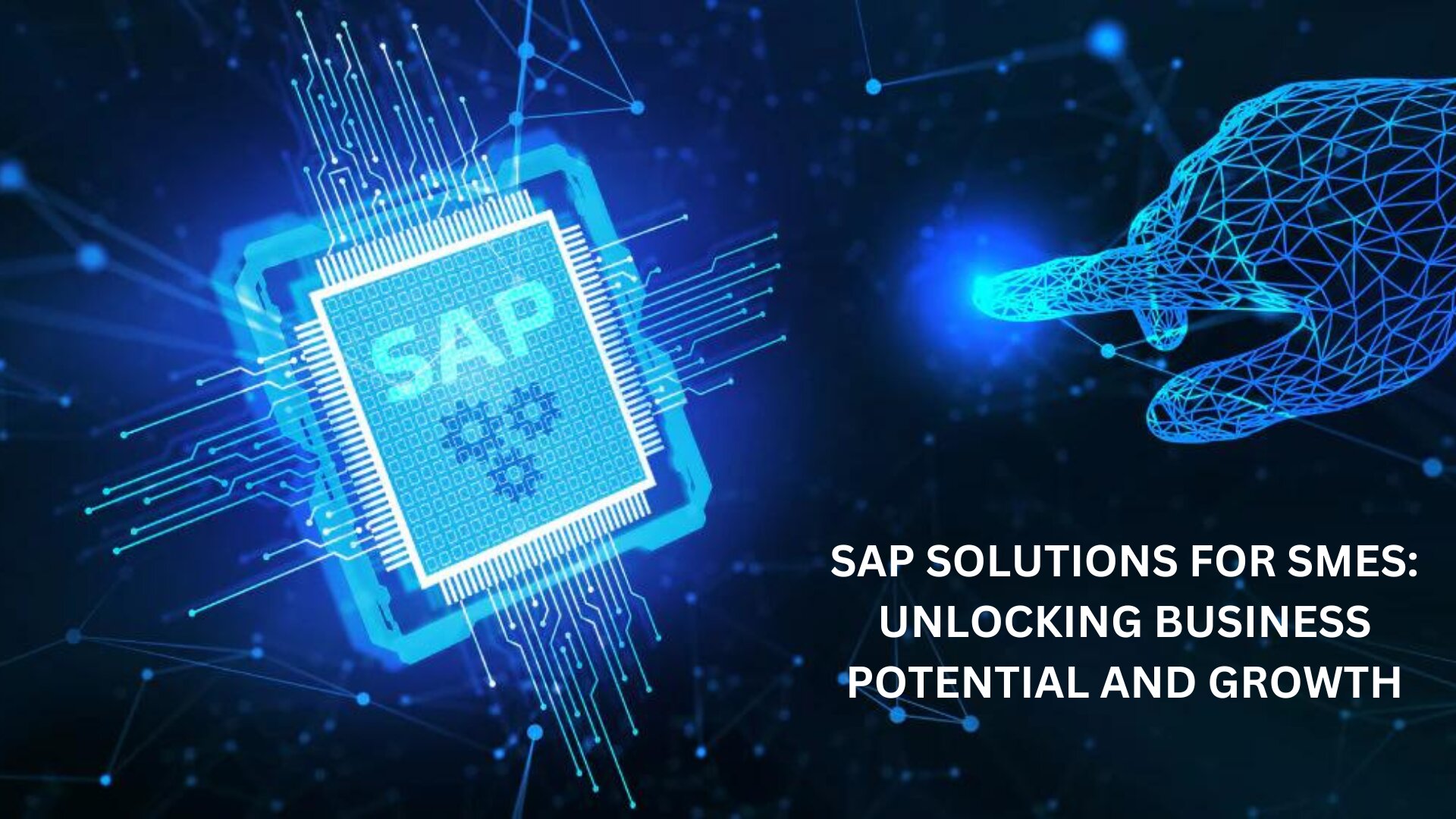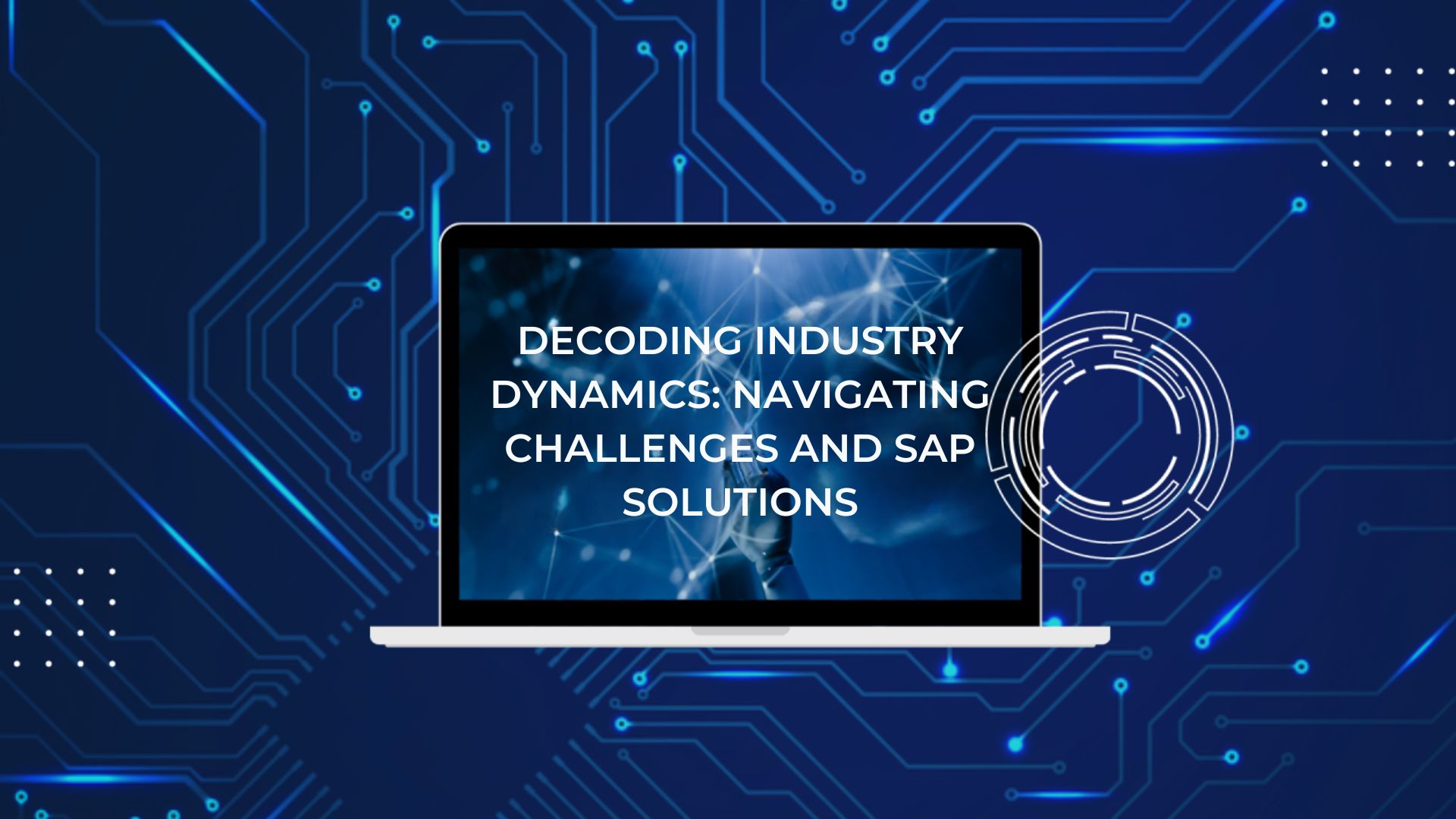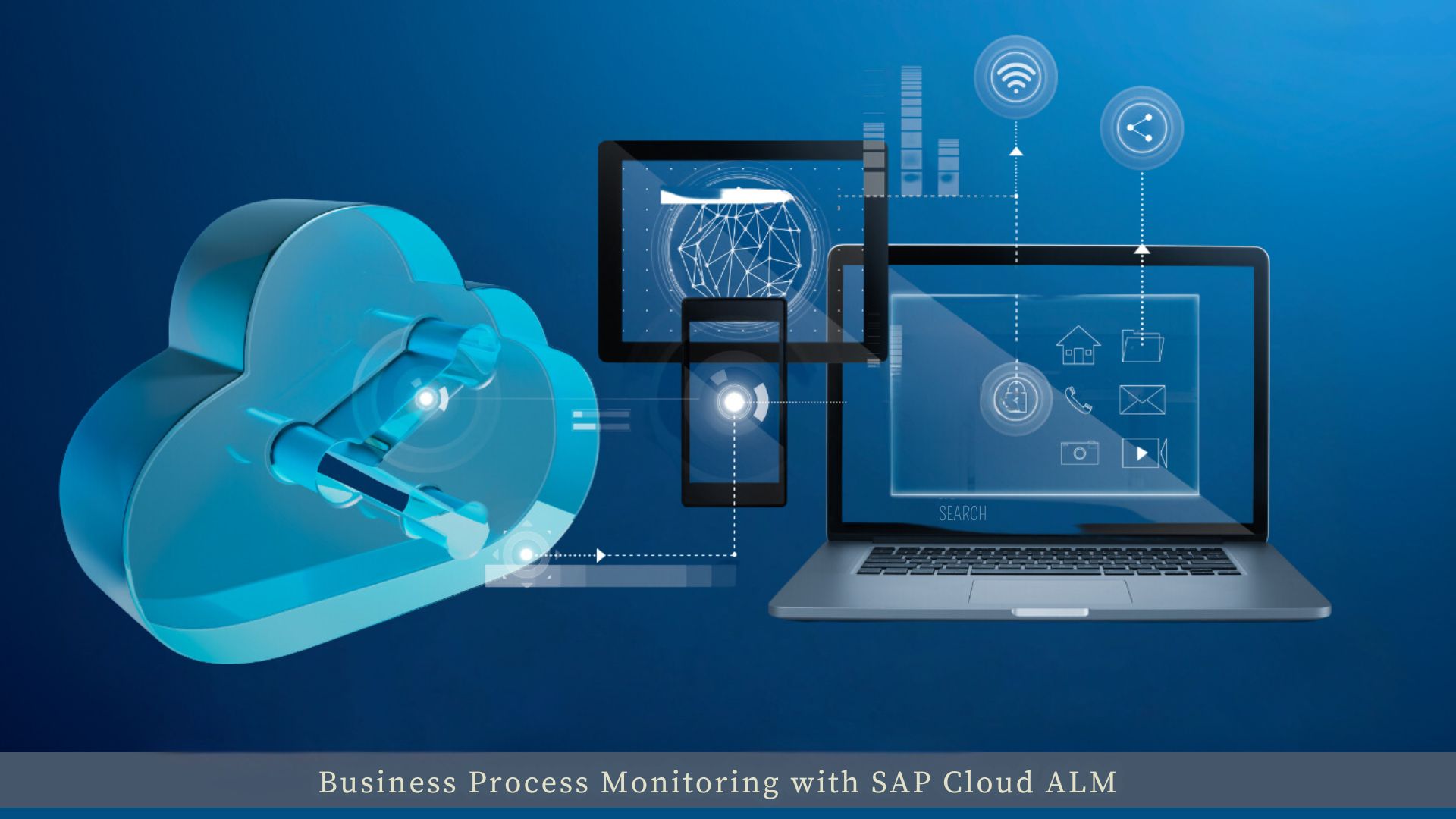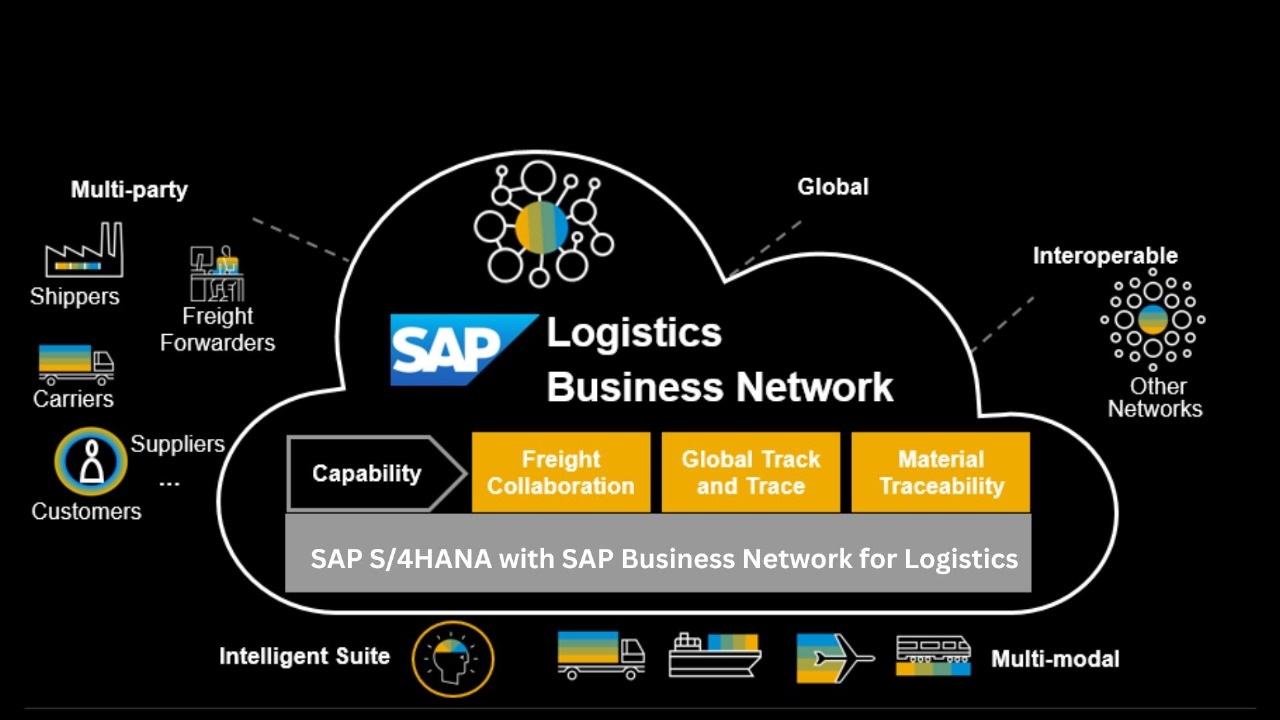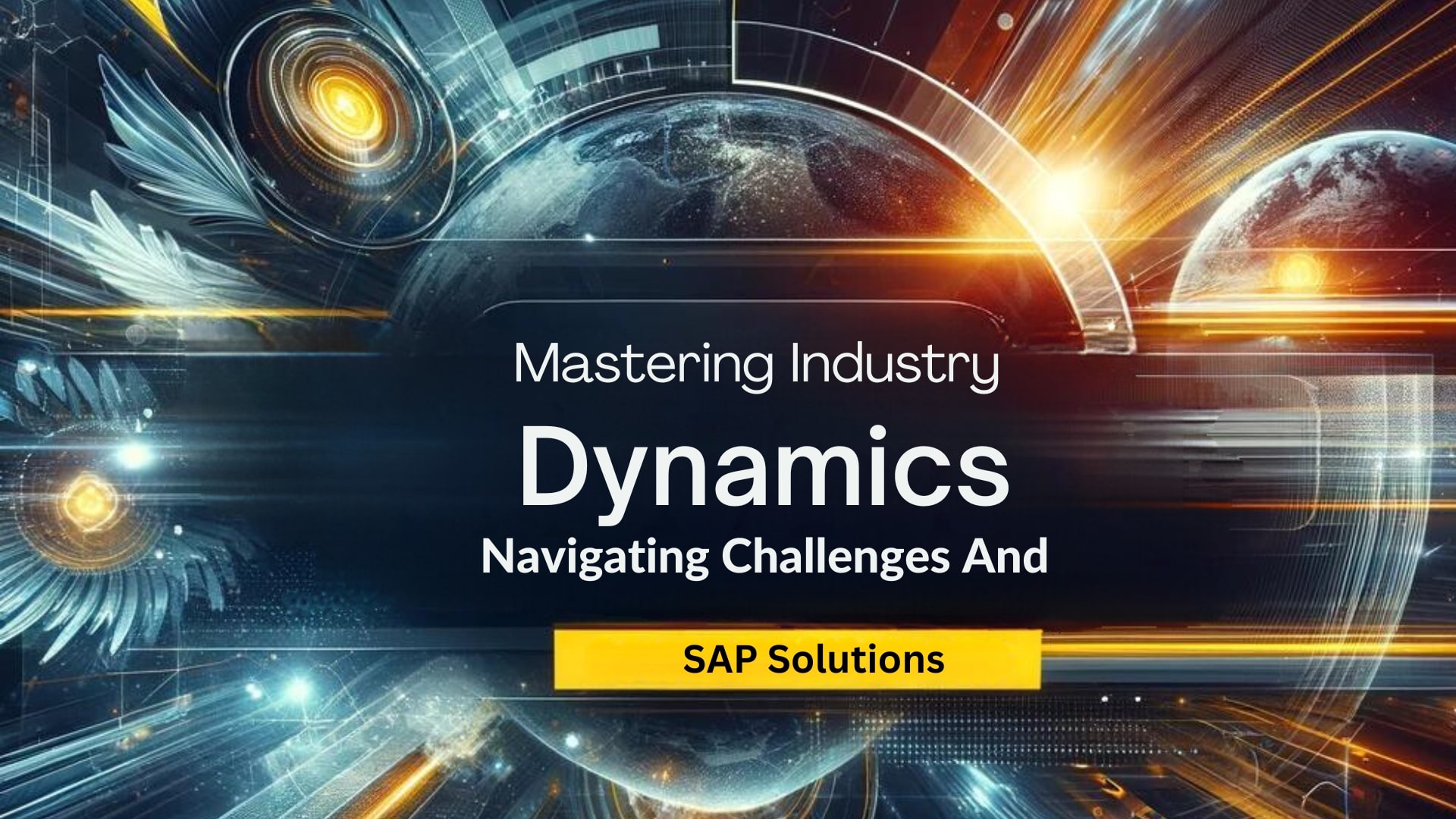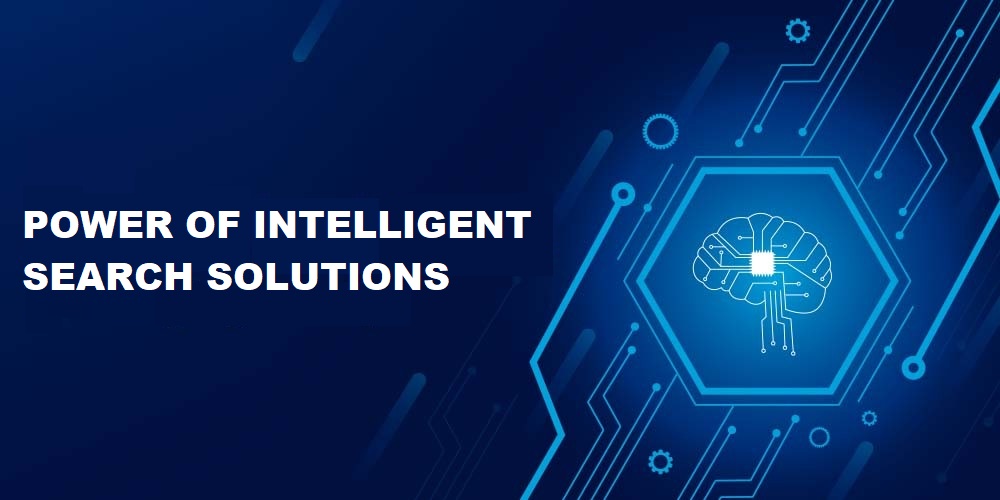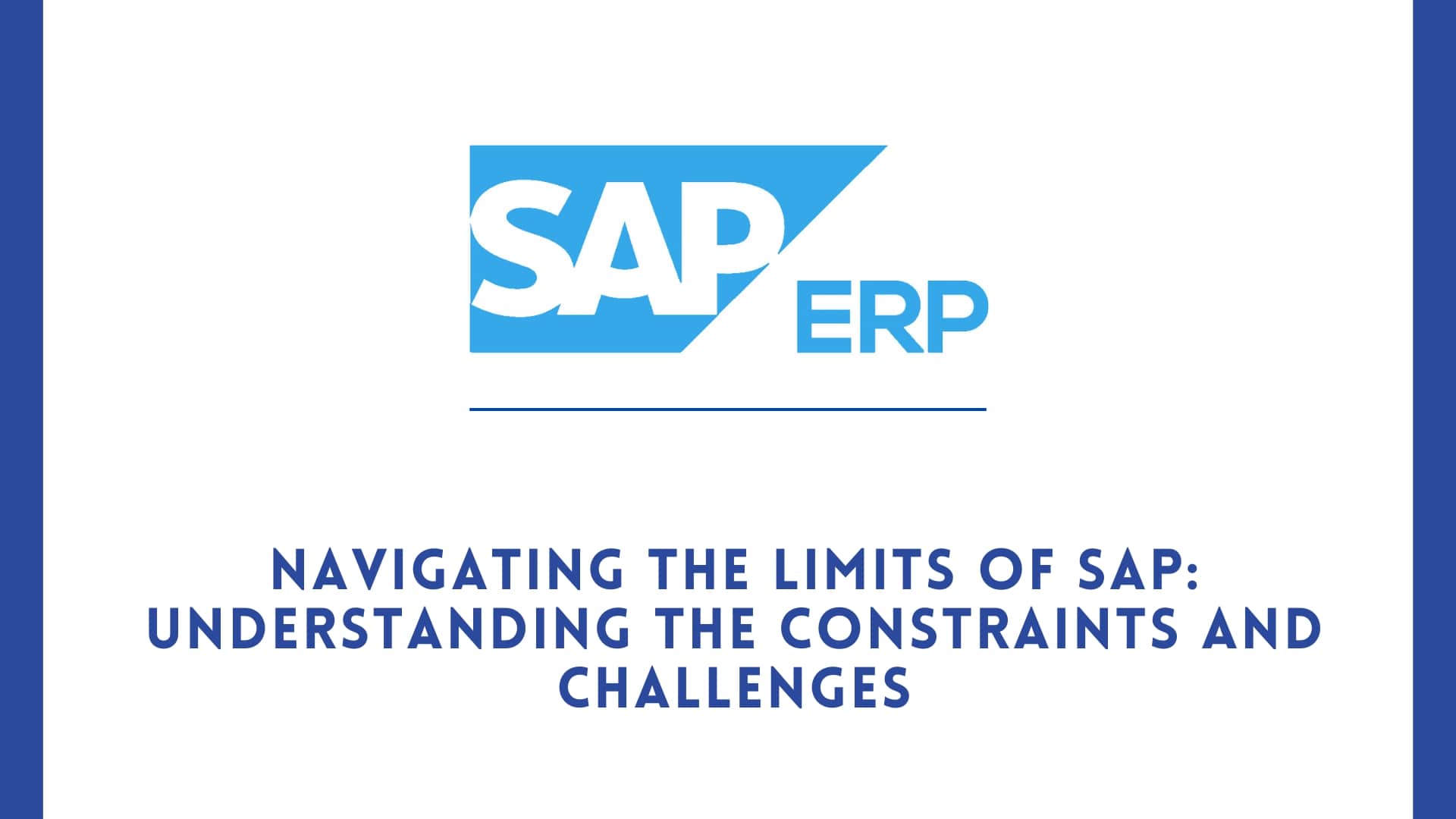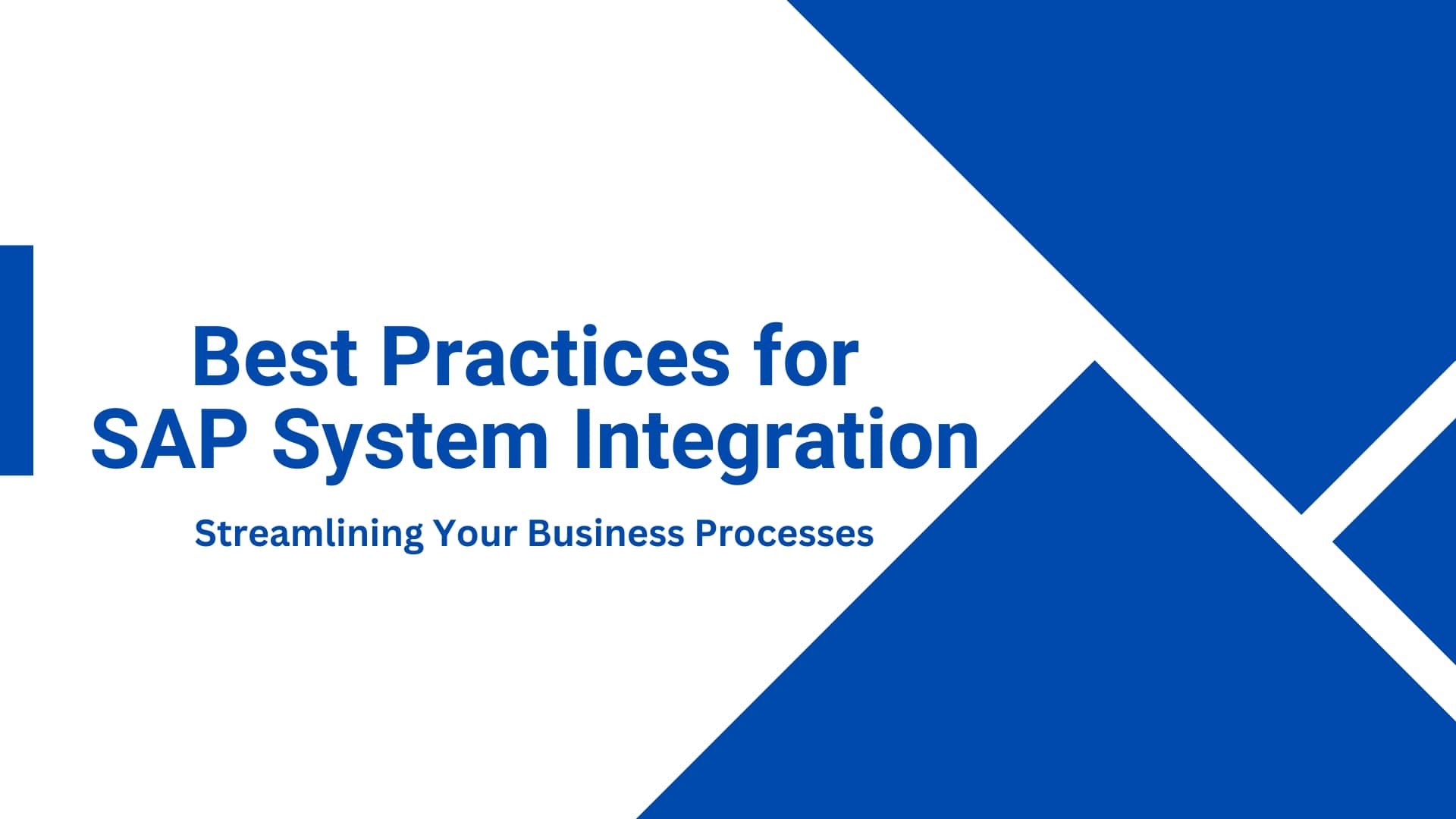How SAP Datasphere and Data Fabric Are Changing Enterprise Analytics in 2025
In the digital era, businesses thrive on data-driven decisions. But as data sources multiply across applications, clouds, and geographies, enterprises face one big challenge unifying data for faster and smarter insights. This is exactly where SAP Datasphere and the concept of Data Fabric come in, reshaping how organizations manage, analyze, and act on their data in 2025.
1. The Evolution: From Data Silos to Connected Intelligence
For years, enterprises relied on complex data warehouses and ETL pipelines that copied data into multiple systems. This created silos, version mismatches, and high maintenance costs. SAP Datasphere the next generation of SAP Data Warehouse Cloud addresses this by enabling a business data fabric, which connects data across sources without unnecessary replication. The goal to deliver a single, trusted view of enterprise data, accessible to analysts, business users, and data scientists alike no matter where it resides.
2. What Is SAP Datasphere?
SAP Datasphere is an open, unified data platform that allows companies to integrate, manage, and analyze data across hybrid and multi-cloud environments. Built on the SAP Business Technology Platform (BTP), it provides a semantic layer meaning it preserves the business context and relationships within your data, instead of just raw tables.
Key capabilities include:
●Data Integration: Connects SAP and non-SAP sources like Snowflake, Google BigQuery, and Azure.
●Data Governance: Provides consistent access control, lineage, and compliance.
●Data Modeling & Transformation: Lets users design data models that retain real business meaning.
●Real-Time Analytics: Supports instant synchronization between systems for up-to-the-second insights.
With these capabilities, SAP Datasphere moves analytics from static reporting to dynamic, live intelligence.
3. Understanding the SAP Data Fabric Concept
Data Fabric is more than a buzzword it’s a data architecture pattern that creates a connected, intelligent data layer across your organization. SAP’s version focuses on business semantics, which means your financial, customer, and operational data all speak the same language no matter where it’s stored.
In SAP’s ecosystem, the Data Fabric connects tools like:
● SAP Datasphere for unified data management
● SAP Data Intelligence Cloud for data orchestration and pipelines
● SAP Analytics Cloud (SAC) for visualization and insights
Together, they deliver a single, real-time view across all enterprise data on-premise or cloud.
4. Why It Matters for Enterprise Analytics
Traditional analytics often requires exporting data to multiple systems, losing context in the process. SAP’s new model solves this problem through semantic federation where data stays in its source but behaves as if it’s centralized.
5. Integration with Cloud Ecosystems
SAP has partnered with leading hyperscalers like Google Cloud, Microsoft Azure, and Amazon Web Services to make Datasphere an open data platform. This allows enterprises to use the best of both worlds SAP’s business context and the scalability of public cloud platforms.
Through open connectors and APIs, organizations can create hybrid analytics solutions where SAP and non-SAP systems co-exist smoothly.
6. The AI Connection
In 2025, AI-driven analytics is no longer optional it’s essential. SAP Datasphere integrates with SAP AI Core and AI Launchpad, allowing businesses to infuse predictive models and generative AI into data workflows.
For instance, a financial controller can use generative AI to explain data variances, or a supply chain analyst can predict shortages directly within SAP Analytics Cloud all powered by Datasphere’s unified data fabric.
7. Data Governance and Trust
With data spread across multiple environments, governance becomes crucial. SAP Datasphere ensures compliance with enterprise standards by:
● Maintaining data lineage and audit trails
● Applying role-based access control
● Supporting GDPR and local data regulations
This ensures users get not just faster access, but also secure and reliable insights.
8. The Future: Towards Autonomous Data Management
SAP’s vision is to move toward autonomous data landscapes, where systems self-optimize and deliver proactive insights. The combination of SAP Datasphere, Data Fabric, and AI automation will drive this enabling enterprises to make faster, cleaner, and more confident decisions.
Conclusion
SAP Datasphere and the Data Fabric architecture are not just technical solutions they represent a paradigm shift in how organizations understand and utilize their data. By bridging silos, maintaining semantic integrity, and enabling real-time insights, SAP is setting the foundation for the next generation of enterprise analytics intelligent, interconnected, and truly data-driven.












